Comments / Questions (13)
![]() Christine Cookette89 wrote:
Christine Cookette89 wrote:
Merci pour votre réponse claire et rapide !
03.10.2024 - 11:15
![]() Christine Cookette89 wrote:
Christine Cookette89 wrote:
Bonjour Comment faut-il coudre le bonnet au trip sack ? Le patron dit seulement « Finally, sew the hat together in the center of the back » Juste un point au milieu du bonnet et du dos du vêtement ? Ou coudre le rang de montage et celui de rabattage du bonnet tout le long de l’intérieur du col ??? Merci pour votre réponse j’espère
02.10.2024 - 20:25DROPS Design answered:
Bonjour Mme Cookette, le bonnet n'est pas assemblé au nid d'ange, il est fait séparément; pour son assemblage, retrouvez cette vidéo et/ou bien cette leçon qui montre comment réaliser un bonnet similaire et comment l'assembler. Bon tricot!
03.10.2024 - 09:26
![]() Karin Pauli wrote:
Karin Pauli wrote:
Ich suche die Anleitungzuzu schlicht &moder aus der Tina Nr.52 v. 16.12.20
18.12.2020 - 14:03
![]() Colle wrote:
Colle wrote:
I am working on the Trip Sack, and am confused with the decreases on the sleeves. The pattern reads, "When the work measures 11 (16-18) cm [4.25" (6.25" - 7")], bind off for sleeve caps on either side every other row: 7 (7-8) sts 3 times, bind off all sts". Does this mean to do all decreases on one side? Can you rephrase the directions in other words?
15.10.2020 - 20:24DROPS Design answered:
Dear Mrs Colle, you will have to cast off 7-7-8 sts at the beginning of the next 6 rows (= you will cast off 7-7-8 sts on each side 3 times = 21-21-24 sts in total on each side). Hope this helps. Happy knitting!
16.10.2020 - 09:54
![]() Colle wrote:
Colle wrote:
I am working on the sleeves of the Trip sack. I am confused with your explaination of decreasing (page 6) “when the work measures 11cm, bind off for sleeve caps on either side, every other row 7 stitches, 3 times “. Does this mean that all decreases are done on one edge? If done on alternating sides, won’ t one edge have an extra 7 stitches of decrease?
15.10.2020 - 19:14DROPS Design answered:
Hi Colle, You bind off on both sides 7 stitches x 3 ( a total of 42 stitches decreased) . Happy knitting!
16.10.2020 - 08:25
![]() Ghis wrote:
Ghis wrote:
Bonjour, tous mes meilleurs voeux à vous tous ce modèle existe til en français ??? Bien cordialement
22.01.2020 - 15:05DROPS Design answered:
Bonjour Ghis, merci beaucoup, meilleurs vœux également! Et bonne nouvelle: tous nos modèles sont disponibles en français, cliquez sur le menu déroulant sous la photo pour sélectionner "français". Bon tricot!
22.01.2020 - 15:42
![]() Saint-Jean wrote:
Saint-Jean wrote:
A quelle hauteur doit-on commencer à tricoter M3 ? Merci
26.09.2015 - 05:03DROPS Design answered:
Bonjour Mme Saint-Jean, on tricote M.2 jusqu'à ce que l'ouvrage mesure 47-52-58 cm de hauteur totale - ajustez la hauteur pour que le dernier M.2 en hauteur soit terminé et tricotez ensuite M.3. Bon tricot!
28.09.2015 - 09:25
![]() Waltraud wrote:
Waltraud wrote:
Hi, gibt es auch für das Mützchen eine Anleitung? Gruß w.
21.09.2015 - 15:03DROPS Design answered:
Die Übersetzung der Anleitung für die Mütze steht noch aus. Sie erfolgt in Kürze, Sie finden Sie dann unter der gleichen Modellnummer unter dem Schlafsack.
27.09.2015 - 22:24
![]() DROPS Design NL wrote:
DROPS Design NL wrote:
Dat hoort helemaal niet bij het patroon. Wel grappig dat dit zo veel jaren in alle talen heeft gestaan. Maar het patroon is nu helemaal aangepast. Voor informatie over het afwerken van de muts, kan je eventueel kijken onder de instructievideo's. Gr. Tine
26.02.2010 - 13:40
![]() Irene wrote:
Irene wrote:
Herhaal deze 2 nld nog 5,5-6 (6,5-7) cm. Wissel naar paars en brei verder door...... Waar/wat is paars? Andere gaaren of andere naalden?
25.02.2010 - 13:31
DROPS 52-20 |
|||||||
 |
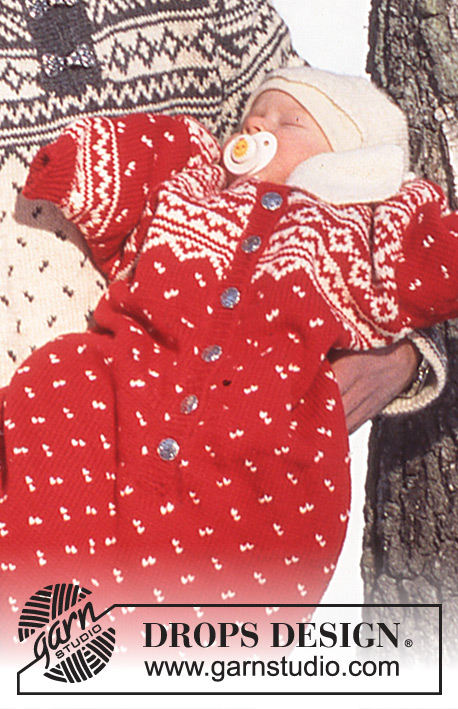 |
||||||
DROPS "Trip Sack" in Karisma Superwash
DROPS 52-20 |
|||||||
|
Gauge: 22 sts and 30 rows on larger needle in stockinette stitch = 10 x 10 cm [4" x 4"] Pattern: See charts (1 chart = 1 repeat). The pattern is seen from the right side and is knit entirely in stockinette stitch. All charts have arrows indicating the starting points for different sizes. Rib: * knit 1, purl 1 *, repeat from * - *. Body: Cast on 184 (192-208) sts on larger circular needles with red; join and place a marker at the join. Knit 2 rows stockinette stitch. Attach a marker on the other side; front and back = 92 (96-104) sts. Knit Pattern 1 - start at the appropriate arrow on the chart and knit across the front, start at the arrow again and knit across the back. After Pattern 1 repeat Pattern 2 (start at the appropriate arrow on the chart and knit across the front, start at the arrow again and knit across the back) until the work measures approximately 47 (52-58) cm [18.5" (20.5" - 22-⅞")] - adjust for complete pattern. At the same time, when the work measures 24 (27-33) cm [9.5" (10-⅝" - 13")], bind off 4 sts at the center front for placket = 180 (188-204) sts. Knit the body back and forth on the needles. After Pattern 2 repeat Pattern 3 to finished dimensions. Start at the appropriate arrow and knit across the right front, start at the arrow again and knit across the back, start at the arrow again and knit across the left front. At the same time, when the work measures 52 (56-60) cm [20.5" (22" - 23-⅝")], bind off for armholes: knit 38 (40-42) sts for the front, bind off 12 (12-16) sts, knit 80 (84-88) sts for the back, bind off 12 (12-16) sts, knit 38 (40-42) sts for the front. Knit the rest of the fronts and back separately. Back: = 80 (84-92) sts. Continue the pattern as established. When the work measures 65 (70-76) cm [25-⅝" (27-⅝" - 29-⅞")], put the center 32 (34-36) sts on a stitch holder for the neck, then dec 1 st at each neck edge on the next row. Bind off after Pattern 3 is complete. The work measures approximately 67 (72-78) cm [26-⅜" (28.25" - 30.75")]. Left Front: = 38 (40-45) sts. Continue the pattern as established. When the work measures 62 (67-73) cm [24-⅜" (26-⅜" - 28.75")], bind off for the neck every other row: 9 (10-11) sts 1 time, 2 sts 2 times and 1 st 2 times. Bind off after Pattern 3 is complete. The work measures approximately 67 (72-78) cm [26-⅜" (28.25" - 30.75")]. Right Front: Knit like the left, reversing neck shaping. Sleeves: Cast on 38 (40-42) sts on smaller double pointed needles with red; join and place a marker at the join. Knit 3 cm [1.25"] rib. Change to larger double pointed needles and knit Pattern 1, increasing 4 (4-4) sts evenly distributed on the first row = 42 (44-46) sts. After the rib, inc 1 st each side of marker 12 (13-17) times: Sizes 0/3 + 6/9 mos.: every row Size 12/18 mos.: inc on rows 1, 3, 5, 6, 8, 10, 11, 13, 15, 16, 18, 20, 21, 23, 25, 26 and 28 = 66 (70-80) sts. After Pattern 1 repeat Pattern 2 to finished dimensions. When the work measures 8 (13-14.5) cm [3-⅛" (5-⅛" - 5.75")], divide the work at the marker and knit the rest back and forth on the needles. When the work measures 11 (16-18) cm [4.25" (6.25" - 7")], bind off for sleeve caps on either side every other row: 7 (7-8) sts 3 times, bind off all sts. The work measures approximately 13 (17-20) cm [5-⅛" (6.75" - 7-⅞")]. Assembly: Sew shoulder seams. Pick up approximately 70-74 sts around the neck on smaller double pointed needles with red and knit 2 cm [0.75"] rib, bind off. Left buttonband: Pick up approximately 94 sts on smaller needles with red along the left front from the right side and knit 2 cm [0.75"] rib, bind off. Right buttonband: knit like the left, but after 1 cm [3/8"] make 7 buttonholes evenly distributed on the buttonband (1 buttonhole = bind off 2 sts and cast on 2 sts on the next row). Bind off. Sew the button bands together at the bottom of the split. Sew the sleeves to the body. Sew on the buttons. NOTE: When the "sack" becomes too small you can turn it into a cardigan by cutting at the beginning of the buttonband and knitting approximately 4 cm [1.5"] of ribbing. HAT: Sizes: 0/3 - 6/9 (12/18 - 24) months Materials: Garnstudio KARISMA SUPERWASH 50-50 (100-100) g col. 01, natural white DROPS 3.5 mm [US 4] needles, or size needed to obtain correct gauge. Gauge: 22 sts and 45 rows in garter stitch = 10 x 10 cm [4" x 4"] Garter Stitch, when knitting flat: Knit all sts, all rows. Garter Stitch, when knitting in the round: *Rnd 1, knit. Rnd 2, purl *. Repeat from * - *. Hat: The hat is worked from one side of the head to the other -- the edge shaping forms points on both sides. Cast on 28-32 (36-40) sts and knit garter stitch. Knit 1 row, increasing 1 st on the right side and decreasing 1 st on the left side. Establish pattern as follows: 1st row (right side): knit 2, yarn over, knit until 4 sts remain; K 2 tog into back of stitch, knit 2. 2nd row (wrong side): Knit across row until you reach the yarn over from the previous row, knit the yarn over in the back of the st and then K 2 sts. Repeat these 2 rows until the work measures 5.5 - 6 (6.5 - 7) cm [2-⅛" - 2-⅜" (2.5" - 2.75")]. Dec 1 st on the right side and inc 1 st on the left side as follows: 1st row (right side): knit 1, slip 1, knit 1, pass the slipped stitch over, knit until 2 sts remain, yarn over, knit 2. 2nd row (wrong side): knit 2, knit 1 into back of the yarn over, knit to the end of the row. Repeat these 2 rows until an additional 5.5 - 6 (6.5 - 7) cm [2-⅛" - 2-⅜" (2.5" - 2.75")] have been worked. Continue in garter st, increasing 1 st on the right side every 4th row and decreasing 1 st on the left side every other row until the work measures 15.5 - 17 (17.5 - 18) cm [6-⅛" - 6.75" (6-⅞" - 7")] from the start. This is the center of the hat. Put a marker on each side of the work. Continue to knit the other half - but work all shaping in reverse. Bind off when the work measures 31-34 (35-36) cm [12.25" - 13-⅜" (13.75" - 14-⅛")]. Assembly: The front is the part of the work which has three whole points and the back is the part of the work which has 2 whole points and 2 half points. Sew the hat together in the back by sewing the first half point against the first half of the first whole point. Then sew the other half of the first whole point to the first half of the second whole point. Then sew the other (second) half of the second whole point to the last half point. Finally, sew the hat together in the center of the back. I-cord: Cast on 4 sts on double-pointed needles and knit the first row. * Do not turn the work, but bring the yarn behind the work, tighten the yarn and knit the sts again from the right side. * Repeat from * - * until the cord measures 15-15 (16-17) cm [5-⅞" - 5-⅞" (6.25" - 6.75")], bind off. Knit another cord and sew them onto the wrong side of the points on each side of the hat. |
|||||||
Diagram explanations |
|||||||
|
|||||||
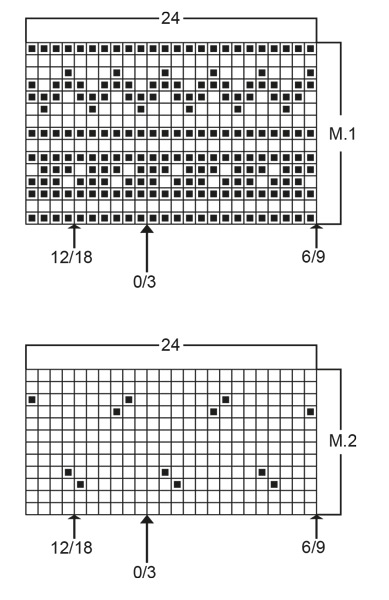 |
|||||||
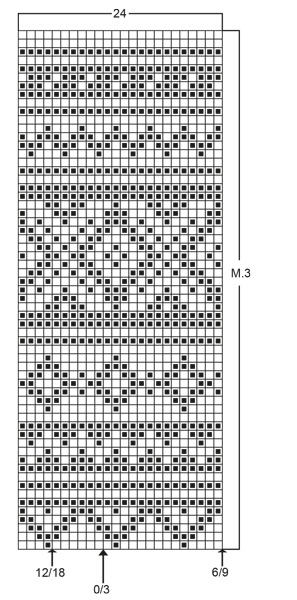 |
|||||||
 |
|||||||
Have you finished this pattern?Tag your pictures with #dropspattern or submit them to the #dropsfan gallery. Do you need help with this pattern?You'll find 34 tutorial videos, a Comments/Questions area and more by visiting the pattern on garnstudio.com. © 1982-2025 DROPS Design A/S. We reserve all rights. This document, including all its sub-sections, has copyrights. Read more about what you can do with our patterns at the bottom of each pattern on our site. |
|||||||








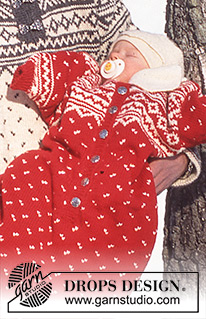



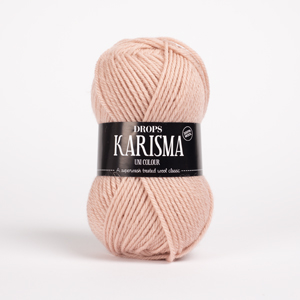
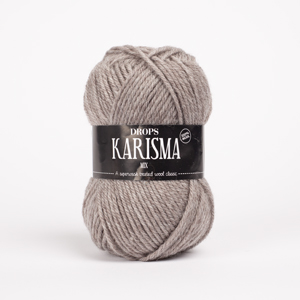


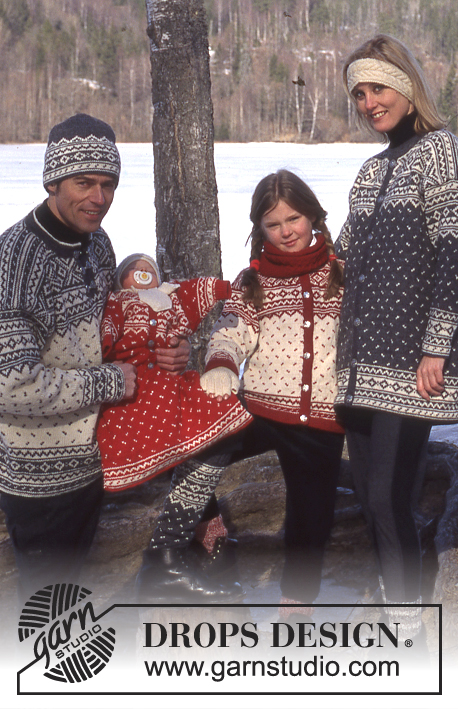










































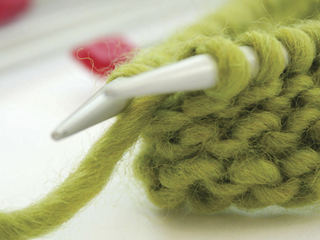







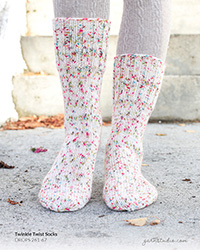
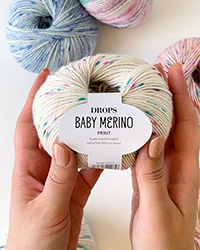
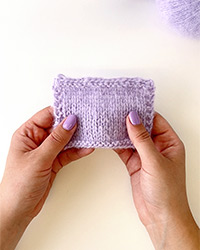
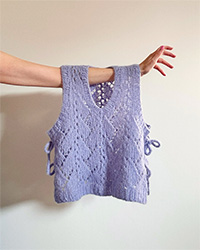

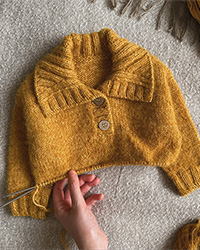
Post a comment to pattern DROPS 52-20
We would love to hear what you have to say about this pattern!
If you want to leave a question, please make sure you select the correct category in the form below, to speed up the answering process. Required fields are marked *.